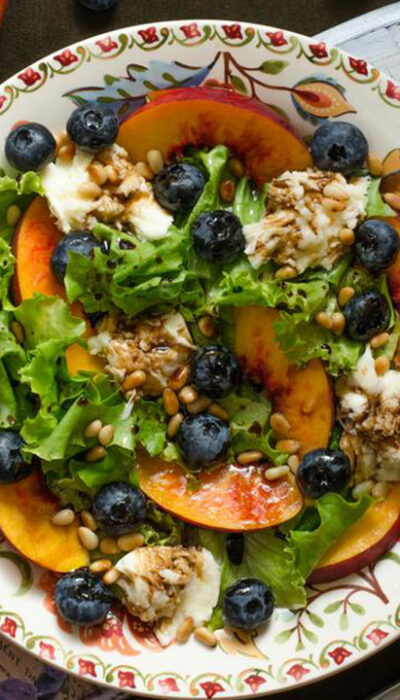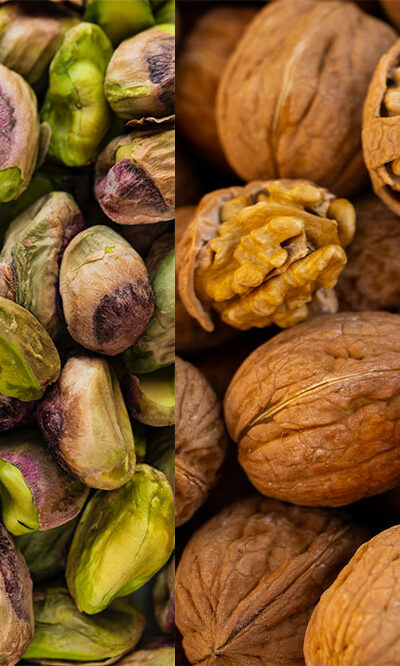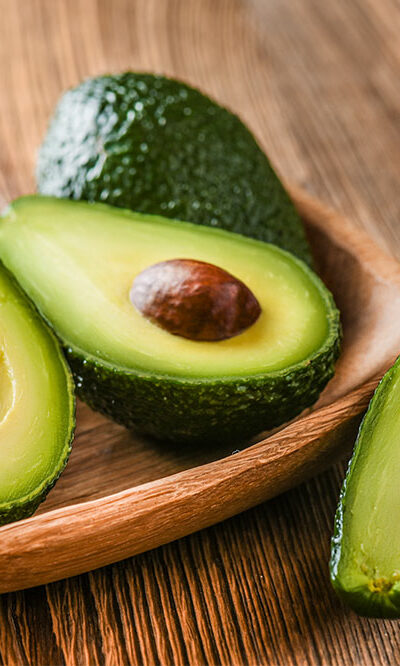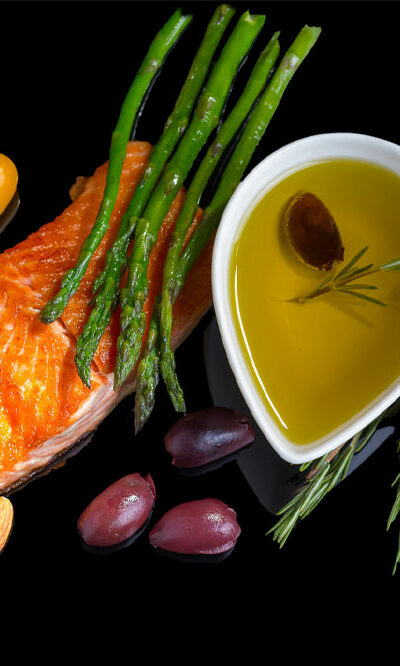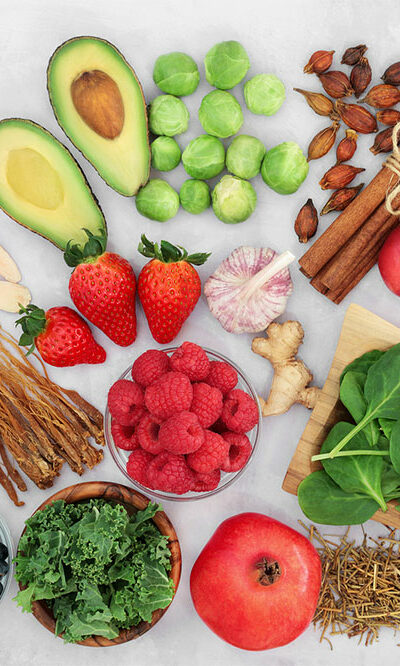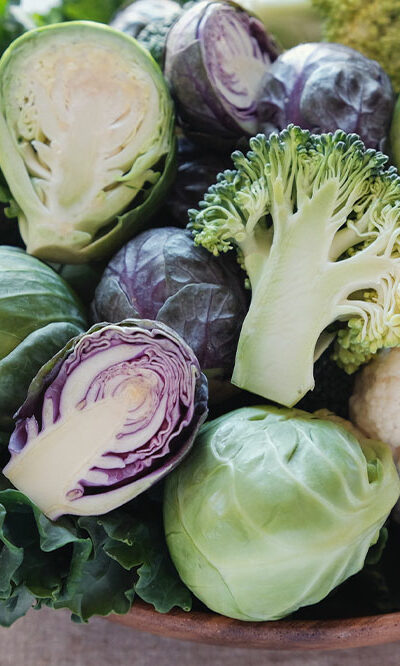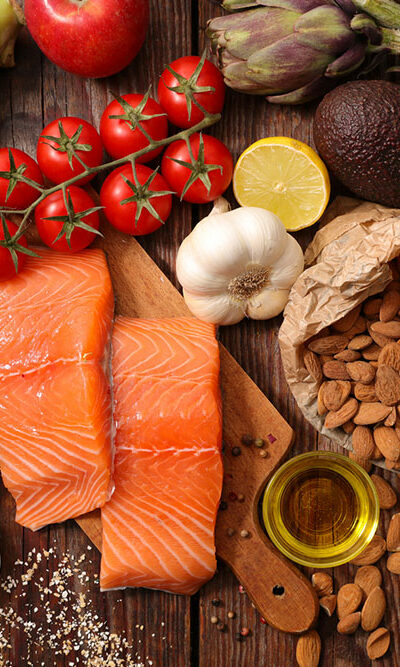
12 Best Diets of 2017 as Compiled by Nutrition Experts
The best diets are the ones which are easy to follow, safe, nutritious and effective for weight loss and offer preventive measures for heart disease and diabetes. So, here’s a list of the 12 best diets of 2017 as per the nutrition experts: Vegetarian Diet The vegetarian diet has made its spot in the top 10 list of best diets of 2017 from being number 13 in 2016. This diet is as simple as it can get. There is no meat allowed as the name suggests. The meat will be replaced with a lot more vegetables high in nutrients content to make you feel full. Ornish Diet This diet plan is developed by Dr. Dean Ornish. This diet sees food on a “spectrum” with certain food items being healthier than the others. The less processed, the better as far as eating healthy is concerned. The diet emphasizes on consuming fruits, whole grains, vegetables, and fat as well only if it contains omega 3 fatty acids. It is also among the top ranking diets for heart disease. Jenny Craig Diet This diet plan is promoted by the likes of Mariah Carey and Kirstie Alley. Jenny Craig uses weight-control counseling, and the prepared meal can be picked up from a Jenny Craig location or delivered to your address. Volumetrics Diet Volumetrics diet is developed by Barbara Rolls, a nutrition professor at the Penn State University. This diet plan categorizes food items based on their density. Foods which are less dense like soups, vegetables with high water content, etc. are preferred over cookies, butter, and pizza. Fertility Diet As the name suggests, this diet is meant for those women who are having a problem conceiving. This diet is developed by Dr. Walter Willet and Dr. Jorge Chavarro of the Harvard T. H. Chan School of Public Health.
